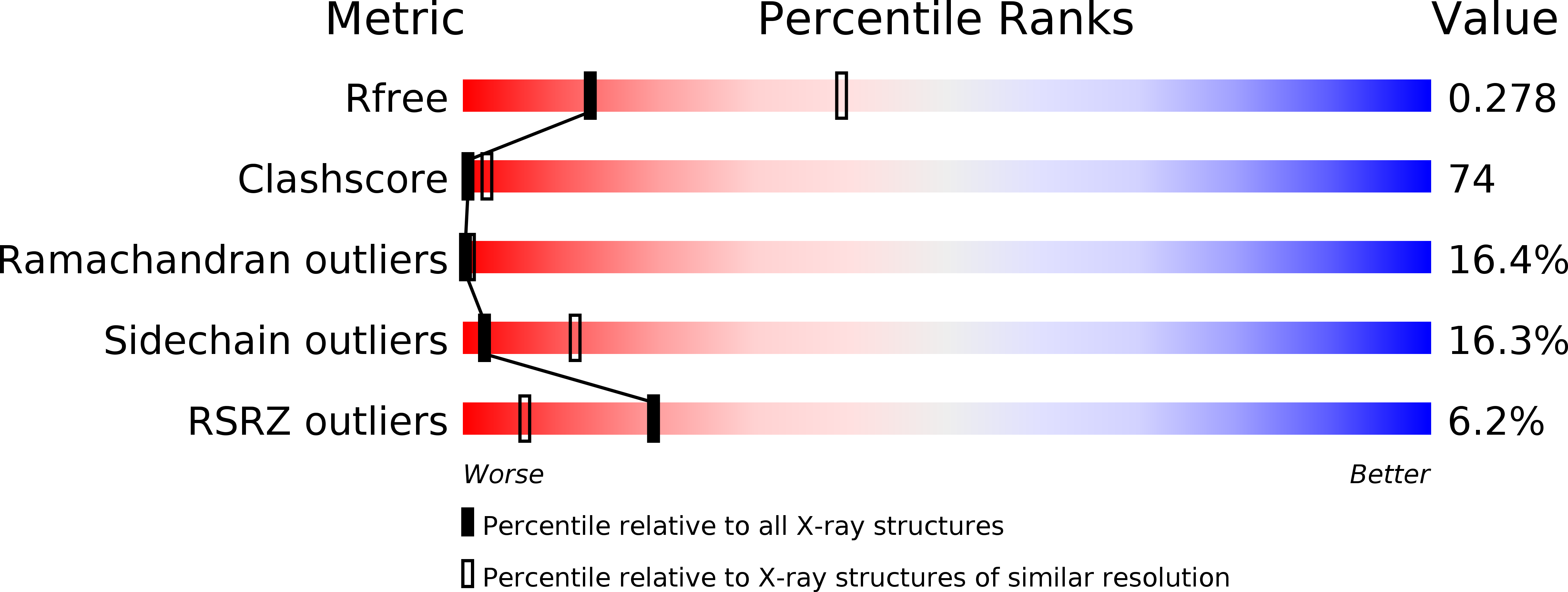
Deposition Date
2011-02-15
Release Date
2011-11-16
Last Version Date
2024-11-06
Entry Detail
PDB ID:
3QQ5
Keywords:
Title:
Crystal structure of the [FeFe]-hydrogenase maturation protein HydF
Biological Source:
Source Organism:
Thermotoga neapolitana (Taxon ID: 309803)
Host Organism:
Method Details:
Experimental Method:
Resolution:
2.99 Å
R-Value Free:
0.30
R-Value Work:
0.27
R-Value Observed:
0.27
Space Group:
P 2 3


